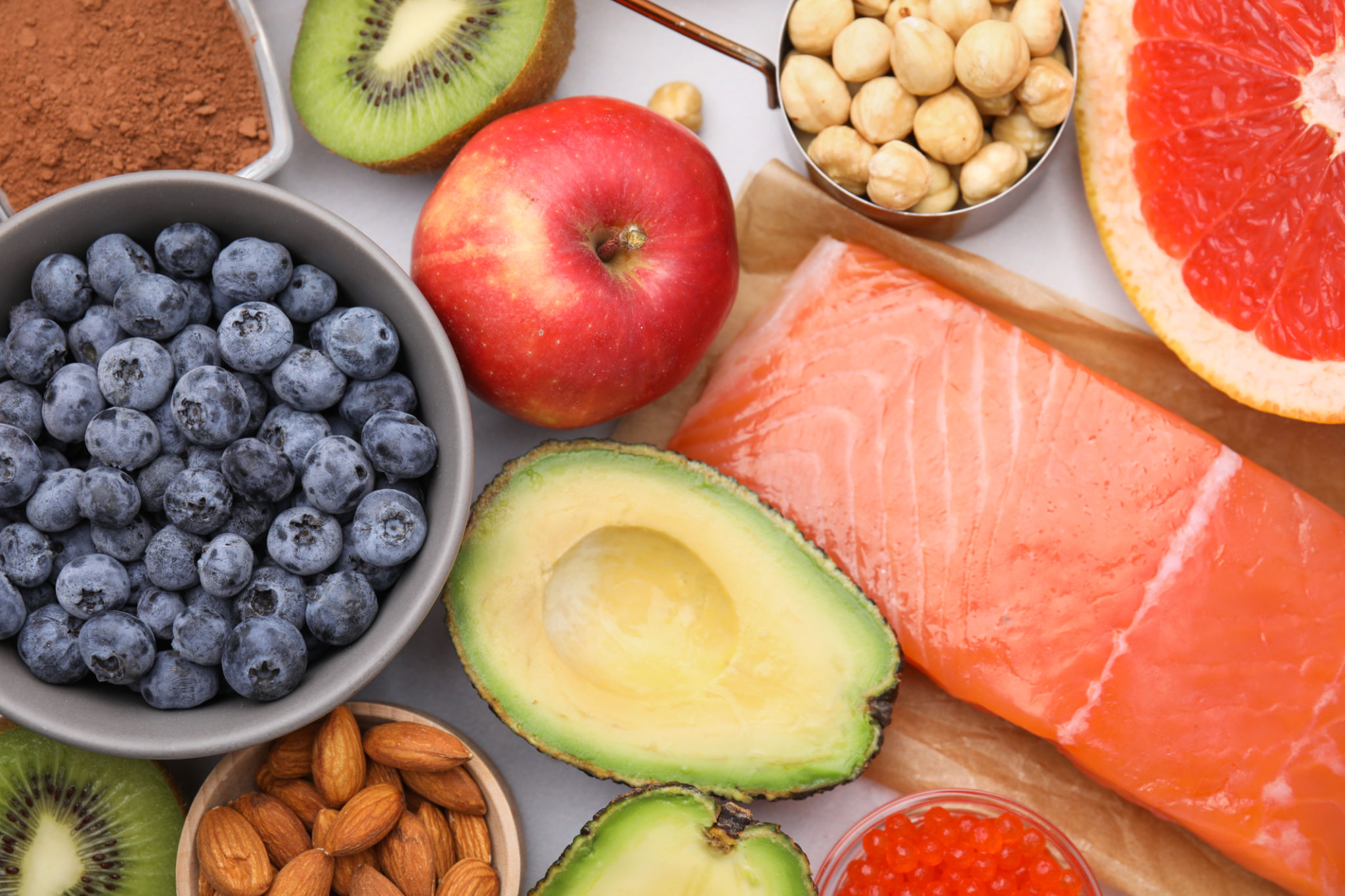Overcoming Common Misconceptions About Intuitive Eating
Understanding Intuitive Eating
Intuitive Eating is often misunderstood, leading many to dismiss its potential benefits. At its core, Intuitive Eating is about listening to your body's natural hunger cues and building a healthier relationship with food. However, numerous misconceptions can deter individuals from embracing this approach.

Myth 1: Intuitive Eating Means Eating Anything You Want
One common misconception is that Intuitive Eating allows you to eat anything you want, whenever you want. While it's true that no food is off-limits, the key is to tune into your body's signals. This means distinguishing between physical hunger and emotional hunger, and making food choices that feel satisfying and nourishing.
It's important to remember that Intuitive Eating encourages a balanced approach. Rather than indulging in every craving, it promotes understanding why you're craving certain foods and how they make you feel.

Myth 2: Intuitive Eating Leads to Weight Gain
Another prevalent myth is that adopting Intuitive Eating will automatically result in weight gain. This misconception stems from the fear of losing control without strict dieting rules. However, Intuitive Eating focuses on internal cues rather than external restrictions, which can lead to a more stable and sustainable weight over time.
The goal of Intuitive Eating is not weight loss or gain, but rather achieving a balanced and healthy lifestyle. Studies have shown that people who practice Intuitive Eating often experience improvements in physical and mental well-being, regardless of weight changes.
Myth 3: Intuitive Eating Is Anti-Health
Some critics argue that Intuitive Eating ignores health and nutrition. In reality, it encourages eating a variety of foods that provide essential nutrients. By listening to your body, you learn to choose foods that fuel and energize you.

Intuitive Eating doesn't dismiss health; it redefines it by focusing on how foods make you feel rather than adhering to strict diet plans. This approach can lead to a more positive and sustainable relationship with food and health.
Embracing Intuitive Eating
To successfully embrace Intuitive Eating, it's essential to dispel these myths and understand the process. Here are some steps to get started:
- Listen to your hunger and fullness cues.
- Make food choices based on what feels good physically and mentally.
- Allow yourself to enjoy all foods without guilt.
- Focus on overall well-being rather than weight.
By understanding and overcoming these common misconceptions, you can begin your journey toward a healthier relationship with food through Intuitive Eating.